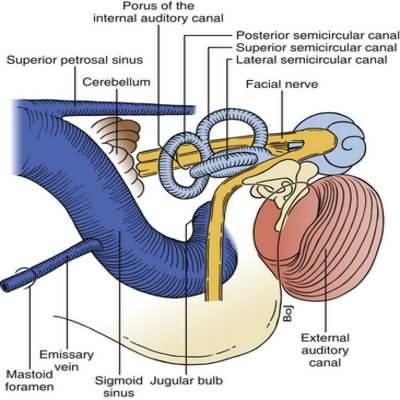invasive fungal sinusitis
invasive fungal sinusitis
is rare and includes both rhinocerebral mucormycosis (Mucor, Absidia, and Rhizopus sp
) and other invasive fungal infections, such as Aspergillus
The fungus spreads rapidly through vascular channels and may be lethal if not detected early
Patients with mucormycosis almost invariably have some degree of immunocompromise, such as diabetes mellitus, long-term corticosteroid therapy, or end-stage renal disease, and particularly profound immunocompromise such as for the treatment of hematologic malignancies
Occasional cases have been reported in patients with AIDS, though Aspergillus sp
is more common in this setting
The initial symptoms may be similar to those of acute bacterial rhinosinusitis, although facial pain is often more severe
Nasal drainage is typically clear or straw-colored, rather than purulent, and visual symptoms may be noted at presentation in the absence of significant nasal findings
On examination, the classic finding of mucormycosis is a black eschar on the middle turbinate, but this finding is not universal and may not be apparent if the infection is deep or high within the nasal bones
Often the mucosa appears normal or simply pale and dry
Early diagnosis requires suspicion of the disease and nasal biopsy with silver stains, revealing broad nonseptate hyphae within tissues and necrosis with vascular occlusion
Because CT or MRI may initially show only soft tissue changes, biopsy and ultimate debridement should be based on the clinical setting rather than radiographic demonstration of bony destruction or intracranial changes
Invasive fungal sinusitis represents a medical and surgical emergency
Once recognized, amphotericin B by intravenous infusion and prompt wide surgical debridement are indicated for patients with reversible immune deficiency (eg, poorly controlled hyperglycemia in diabetes)
Lipidbased amphotericin B (Ambisome) may be used in patients who have kidney disease or who develop it secondary to nephrotoxicity of nonlipid amphotericin
Other antifungals, including voriconazole and caspofungin, may be appropriate therapy depending on the fungus
Surgical management, while necessary for any possibility of cure, often results in tremendous disfigurement and functional deficits (eg, often resulting in the loss of at least one eye)
Even with early diagnosis and immediate appropriate intervention, the prognosis is guarded
In persons with diabetes, the mortality rate is about 20%
If kidney disease is present or develops, mortality is over 50%; in the setting of AIDS or hematologic malignancy with neutropenia, mortality approaches 100%
Whether to undertake aggressive surgical management should be considered carefully because many patients are gravely ill at the time of diagnosis, and overall disease-specific survival is only about 57%


















